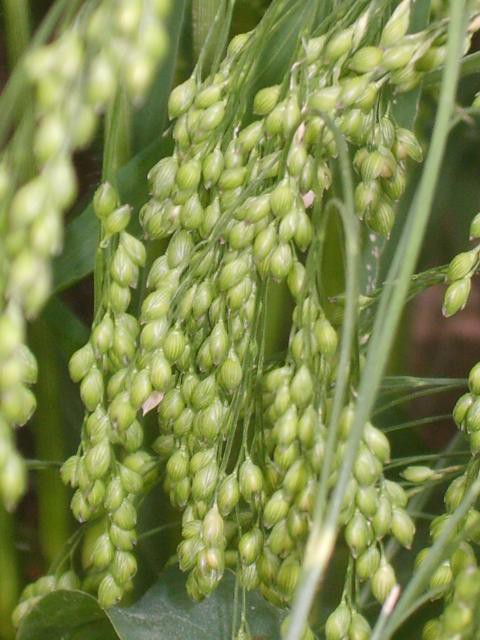Sprout, vegetative growth, and mature stages have specific irrigation requirements. The irrigation system needs to address the varied needs of the different stages of growth.
a. Sprouts

Sprouts do best with a fine mist applied often. Scheduling this task can be achieved with a simple timing program attached to an electronically operated valve. Plant monitoring is only necessary while the initial settings are determined.
b. Vegetative growth

While plants are in a vegetative state, overhead watering with small droplets is the the best technique to be used with this system. However, an 'ebb and flow' irrigation regime is better when one begins to consider disease and disease vectors. To help overcome some of the disease issues, irrigation will occur as infrequently as possible to avoid extended periods of wet leaves. This task will use preset intervals to be determined through a setup observation period and actuated using micro-irrigation sprinkler heads attached to a electronically controllable valve.
c. Mature plants

When a plant is mature, the root system is well developed and creates a moisture reservoir for the plant to draw on. For mature plants to produce seed, they need to experience a certain amount of stress, usually a combination of heat and reduced water availability. Overhead sprinklers can deliver large amounts of water to recharge the root system reservoir on an infrequent basis to achieve the desired amount of stress while keeping the plants at peak production. At the end of the seed maturation cycle, water will be cut off completely, negating the need for further irrigation. This system is also controlled by micro-controller activated electronic valves.
 ken.do
ken.do
Discussions
Become a Hackaday.io Member
Create an account to leave a comment. Already have an account? Log In.